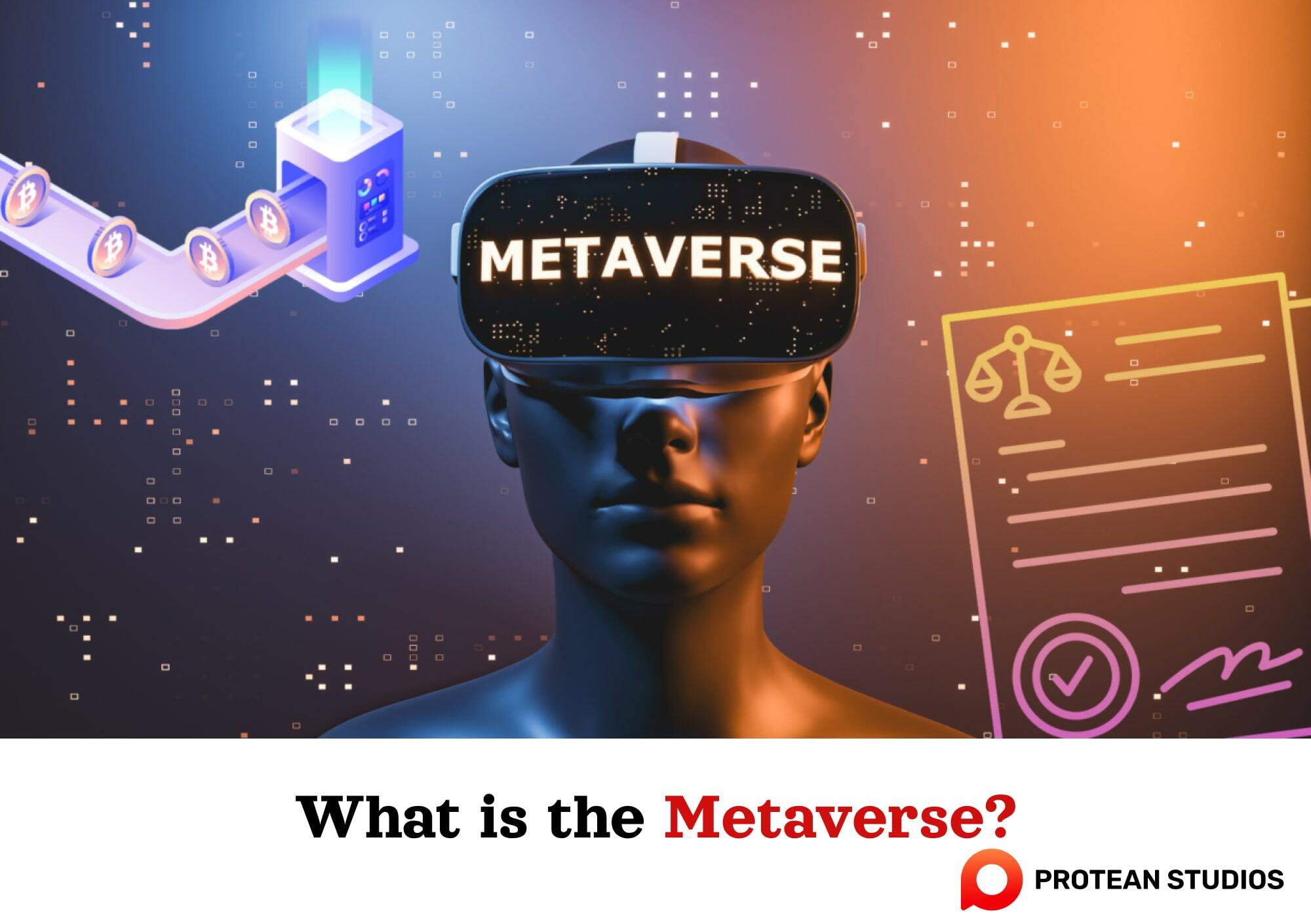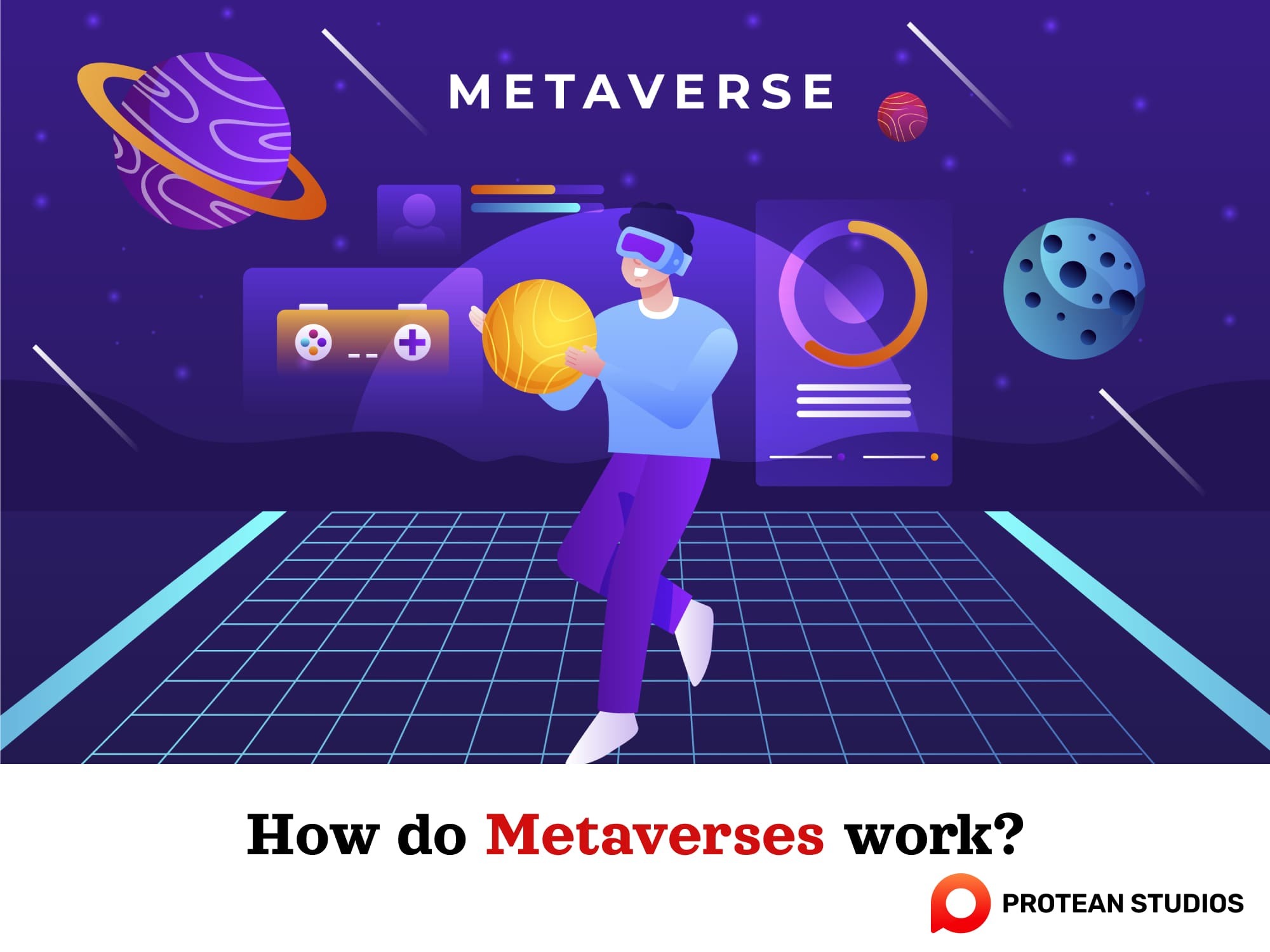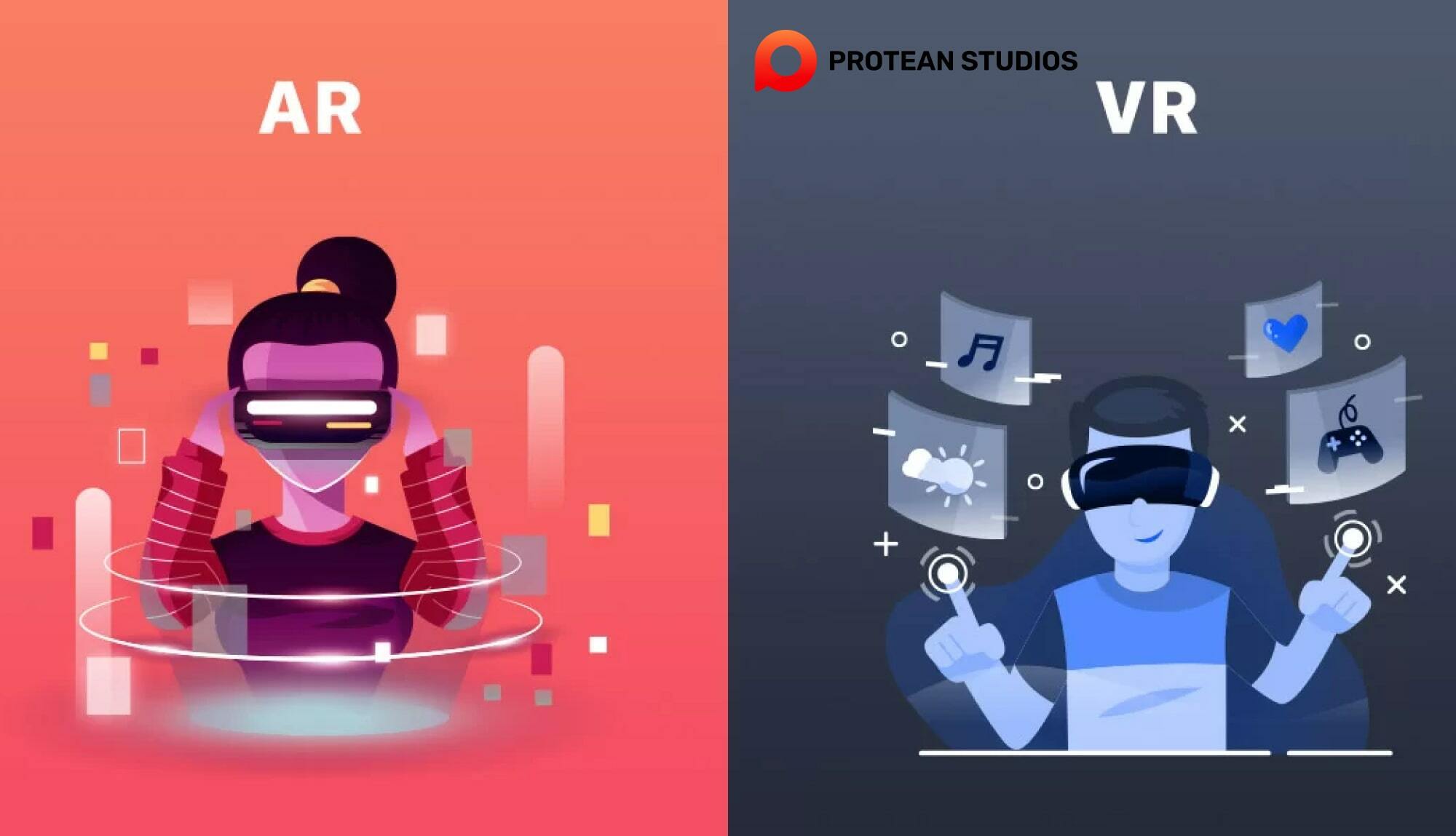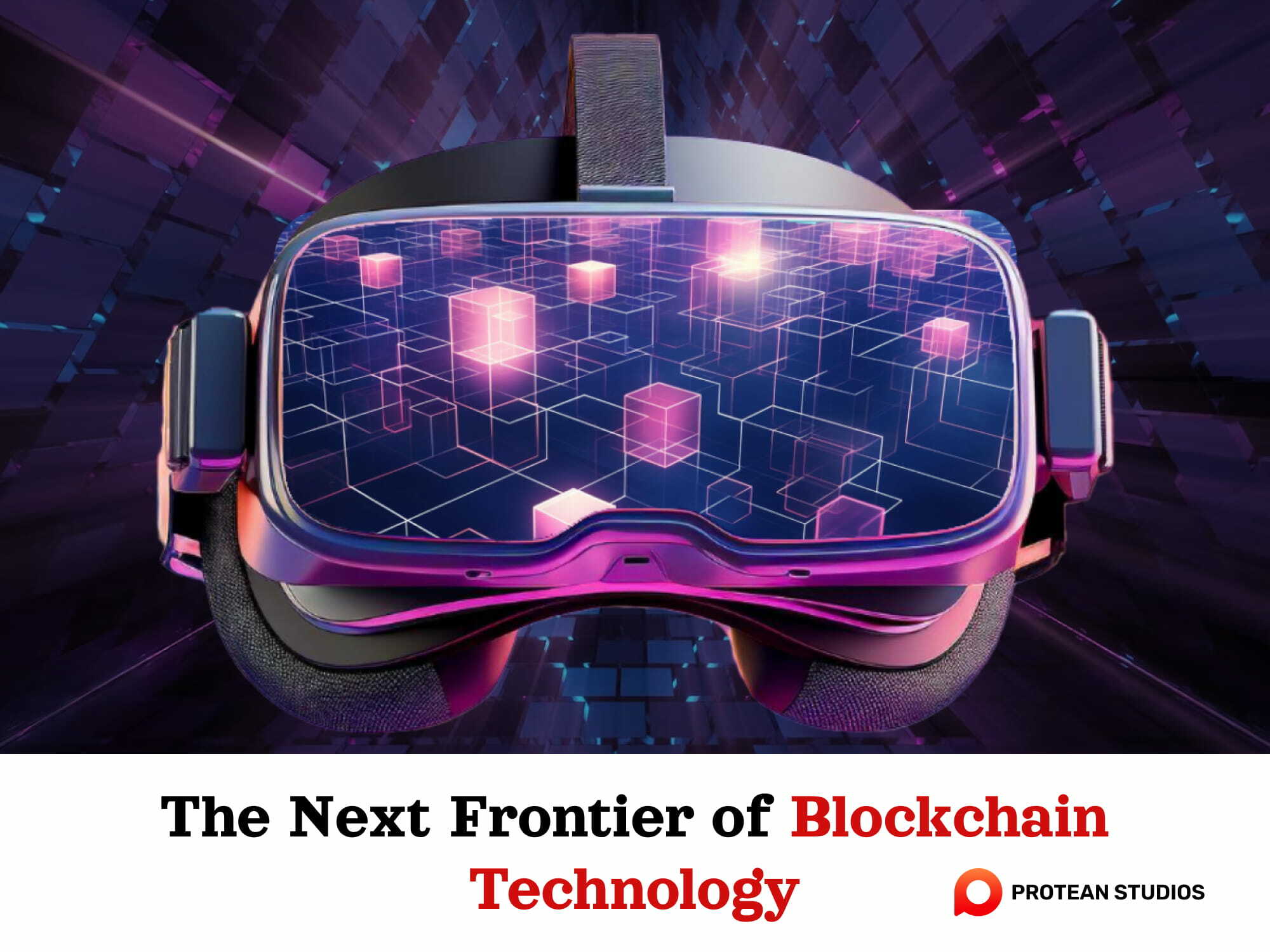The term "metaverse" gets thrown around a lot these days, but what exactly is it? Is it science fiction or something on the horizon? In this guide, "All You Need to Know About the Metaverse," we'll dive deep into this fascinating concept.
We'll explore what the metaverse is, how it might work, and the potential it holds for the future of communication, entertainment, and even work. Whether you're a tech enthusiast or just curious about this emerging trend, this guide will equip you with the knowledge to navigate the exciting world of the metaverse.
About Metaverse
The metaverse is more than just a video game or a fancy website. It's an ambitious vision for the future of the internet: a persistent and interconnected network of 3D virtual worlds where users can work, play, socialize, and create. Imagine it as a seamless blend of the physical and digital worlds, accessed through technologies like virtual reality (VR) and augmented reality (AR).
Persistent: Unlike current online experiences, the metaverse won't shut down when you log off. It's a running environment that evolves even when you're not there.
Interconnected: The metaverse isn't envisioned as a single platform but rather as a network of interoperable virtual worlds. You might have a single avatar that you can use across different metaverse experiences.
Immersive: VR and AR technologies will play a major role in creating a sense of presence in the metaverse. Users will feel like they're there, interacting with virtual objects and spaces.
User-generated content: The metaverse won't be a pre-built theme park. Users will be empowered to create their own content, games, and experiences within the metaverse.
Virtual economies: The metaverse may have its own economies, with digital currencies and assets that users can buy, sell, and trade.

Read more: Unveiling AGI: Exploring The World Of Artificial General Intelligence
How do metaverses work?
The metaverse is still a work in progress, and there's no single blueprint for how it will function. Metaverses function by creating virtual worlds or environments where users can interact with each other and digital objects in real-time. These environments are constructed using various technologies, like virtual reality (VR), augmented reality (AR), and traditional computer graphics. Within these virtual landscapes, developers design and build digital structures, landscapes, objects, and avatars.
Users access the metaverse through compatible devices such as VR headsets, smartphones, or computers. Once inside, they can navigate these virtual worlds, interact with objects, and communicate with other users through text, voice, or gestures. Avatars, which users customize to reflect their appearance and personality, serve as their virtual identities within the metaverse, enabling them to engage in social interactions and activities.

Other Article: The Turning Point: Martech Systems Vs. Martech UX Complexity
Metaverse Technology
The metaverse relies on a combination of cutting-edge technologies to create a seamless and immersive experience.
1. Virtual reality
VR takes center stage in the metaverse, transporting users into computer-generated environments. With VR headsets, users can see, hear, and even feel (through haptic feedback) a virtual world as if they were present. Imagine attending a concert in Paris or collaborating with colleagues in a virtual conference room—VR makes it possible.
Capabilities: high-resolution visuals, 360-degree spatial awareness, motion tracking for natural interaction within the virtual world.
Role in the Metaverse: VR provides the core immersive experience, allowing users to feel present and engaged in the metaverse.

2. Augmented Reality
Unlike VR, AR doesn't replace your physical surroundings. Instead, it overlays digital information and objects onto the real world through devices like AR glasses or smartphones. Imagine attending a history lecture where virtual recreations of historical events appear alongside your physical classroom.
Capabilities: superimposing digital elements onto the real world; real-time interaction with both physical and virtual objects.
Role in the Metaverse: AR can act as a bridge between the physical and virtual worlds, allowing users to interact with the metaverse without needing a full VR headset. It could also be used for education, gaming, and displaying helpful information in the real world.
Learn more: Grasping Virtual Reality And Augmented Reality
3. Mixed Reality
MR blends the immersive world of VR with the interactivity of AR. It creates a hybrid environment where virtual and physical objects co-exist and interact with each other. Imagine a surgeon using MR to overlay patient data onto their real-time view during surgery.
Capabilities: seamless merging of physical and virtual worlds, allowing for real-time interaction between both.
Role in the Metaverse: MR has the potential to enhance various aspects of the metaverse, from creating more realistic and interactive experiences to enabling applications in fields like education, design, and manufacturing.
The future of metaverses
Despite significant investments, companies in various industries are still debating the potential impact of metaverses on our daily lives. Some question whether we'll spend extended periods in immersive virtual worlds, favoring augmented reality (AR) and mixed reality (MR) instead. Others are concerned about navigating new risks, like content moderation, while maximizing customer experience (CX) opportunities.
While the future of metaverses is being explored, one thing is clear: they represent the next stage in the evolution of online connection, whatever shape it may take. Metaverses offer an exciting glimpse into what's to come. As more companies invest in them, their transformative impact on our connected world will only grow, presenting many opportunities for innovative companies to distinguish themselves. Yet, one crucial factor will determine success: earning customer trust.
The metaverse is a captivating vision of a future where the boundaries between the physical and digital blur. It holds immense potential to transform how we connect, work, and play. While the technology is still evolving, this guide has equipped you with the knowledge to navigate this exciting new landscape.
Whether you're a tech enthusiast, a curious explorer, or someone who wants to stay ahead of the curve, the metaverse offers a universe of possibilities. So, take a step into this virtual world, craft your avatar, and start exploring. The future is wide open, and the metaverse is waiting for you to shape it.




